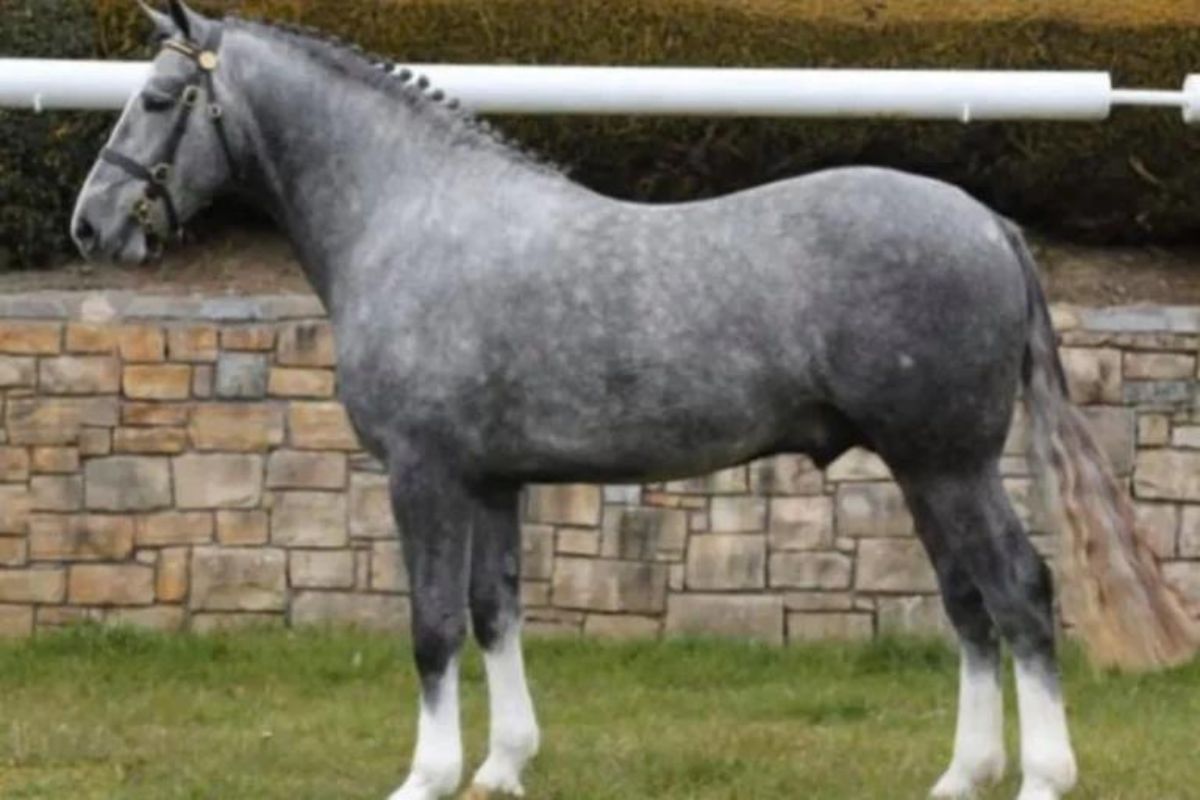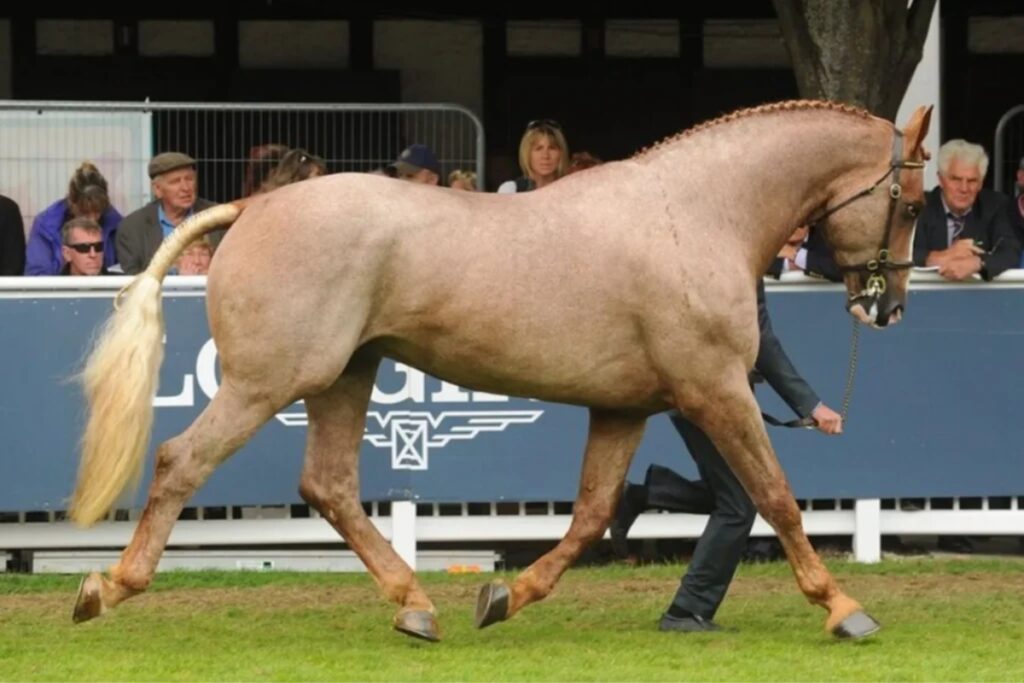Menu

In the 18th century, Irish agriculture required a special horse. The family's four-legged companion needed to be versatile, capable of doing a bit of everything. Above all, it had to be a breed that could move freely and gracefully in the hilly landscape, where paths and roads only occasionally led away from streams, marshes, and back to lush meadows. It had to be a breed that could pull a cart to the market and a carriage to church on Sundays.
Yes, you could hitch a mule to a cart. A bull might be stronger at pulling a plow. But why choose when you could have an Irish Draught horse?
In the mid-19th century, Europe faced a crisis. The potato famine was catastrophic for the popular root vegetable that was vital for Ireland. The economy and general living conditions were historically poor, leaving little room for focusing on horse breeding.
Read also: Horses around the world: 8 of the endangered breeds
The local horse population at that time consisted of descendants of Celtic ponies, as well as heavy workhorses brought by the Vikings from Scandinavia. In better times, they had been crossed with expensive Thoroughbred horses, bringing in warm Arabian and Turkmen bloodlines to the breed. A bit too much, perhaps. The decision to crossbreed caused more harm than good, as the breed had gained excessive spirit and wildness. It was no longer the calm and capable agricultural and hunting horse it once was.
When the crisis finally passed, the breed received an injection of cold-blooded Clydesdale and Shire, two breeds that were very popular in agriculture across the whole of Britain at that time. This made the horse larger and stronger, and in 1917, it finally obtained its own studbook. The Irish Draught had now become a war horse, as its natural strength made it adept at pulling cannons and supplies across the battlefields of World War I.
In the post-war period, as equestrian sports gained popularity, this breed had a special hidden potential.

The Irish Draught has a short and fine coat and can be found in various solid colors, with black being the rarest. The head is straight with a broad forehead, pointed ears, and large, calm eyes. The neck is short and strong, leading to a medium-sized mane and a deep chest. The back is straight, ending in a muscular hindquarters with a low-set tail. The limbs are sturdy, with large flat joints, and end in well-formed and strong hooves. Unlike many other popular workhorses, this breed has minimal hair growth around the hooves. The height can vary, ranging from approximately 155 cm to 170 cm.
The Irish Draught technically belongs to the category of medium-sized draft horses. However, the breed possesses many qualities typically found in finer competition horses. It is exceptionally agile, with spacious movements and excellent impulsion. Consequently, it also exhibits good jumping abilities. For the creation of the best competition horse, it is typically crossed with English Thoroughbred horses. This crossbreed is also known as the Irish Hunter, the Irish sport horse, which some consider to be the best cross-country horse in the world.
Read also: Exmoor Pony: The Little Wild One
Such a reliable breed naturally has a world-class temperament. The Irish Draught is known for its generally calm nature and willingness to cooperate. It possesses plenty of drive and is ready to adapt to various types of work, thanks to its intelligence. All of these qualities make the Irish Draught an excellent riding horse. Furthermore, it is a healthy breed that can easily live up to 30 years.
Not all horses are born to be top athletes - fortunately. One might wonder why this breed hasn't been "developed" into a full-time competition horse, especially since the horse's traditional roles have been taken over by tractors, wagons, and cars. In the 1970s, this breed received a helping hand from the Irish Horse Board, an organization dedicated to equestrian sports and breeding. They began working intensively to promote the Irish Draught breed as a competitive horse.
The best sport horses, as we know, come from the best breeding stock. And one can see that the efforts to preserve and promote the breed have been highly successful. Just look at the horses used at the highest level in the discipline of eventing today. There's a great chance that you'll find a descendant of a true Irish Draught horse.
Sources: https://www.animalife.co.uk/horse-breeds-irish-draught-horse/, Esposito, L., (2005). 'HESTE, Illustreret Opslagsværk'. Briggs, P., 2nd revised edition, 1st edition. Aktium., https://livestockconservancy.org/heritage-breeds/heritage-breeds-list/dales-pony/